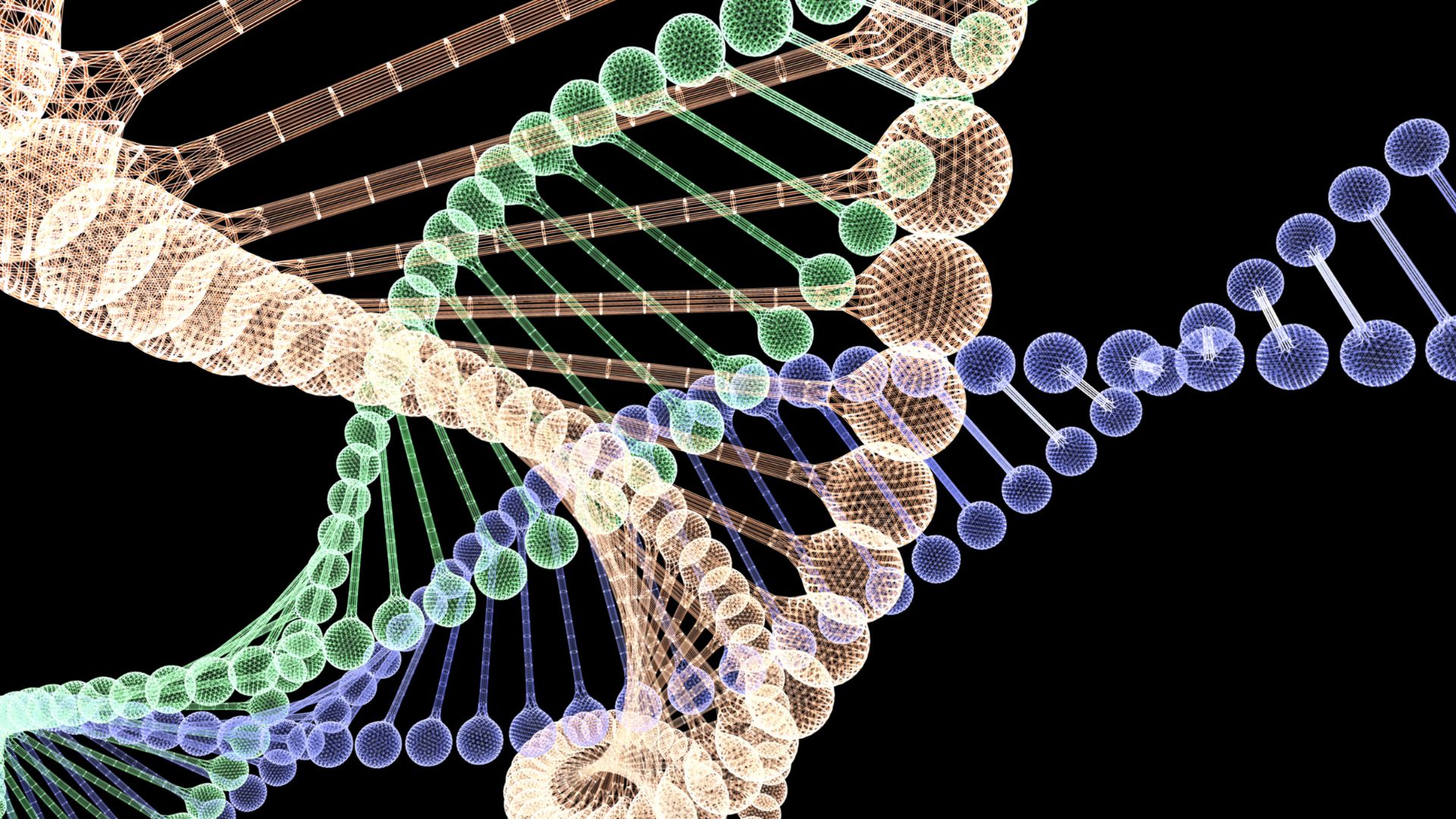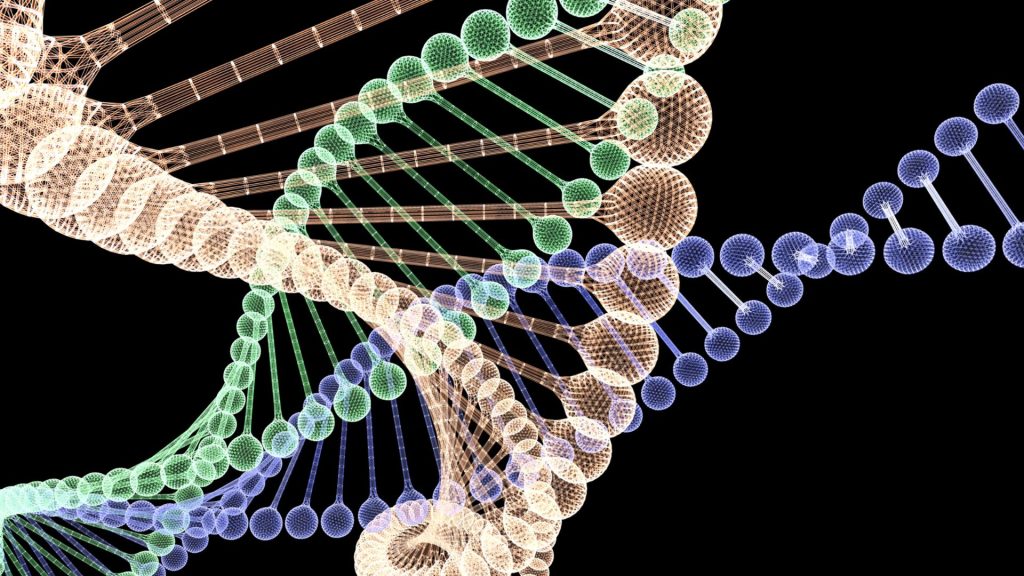Aging is an inevitable biological process characterized by the progressive loss of cellular and physiological functions. This deterioration is the main risk factor for the development of chronic and degenerative diseases.
Although research on aging and age-related diseases is still in its early stages, recent years have seen significant advances in longevity studies. Notably, the increase in life expectancy and the prevalence of associated diseases make it urgent to develop effective preventive and therapeutic strategies. Today, researchers are faced with a major question: can we intervene externally to slow down the aging process?
Dr. Yessica Sánchez – Neolife Medical Team
Hallmarks of Aging
We’ve previously discussed the “Hallmarks of Aging.” In this article, we explore current advancements that directly address each of these hallmarks and attempt to answer the key question. Let’s examine the main mechanisms involved:
One of the most relevant processes is genomic instability, which arises when DNA repair systems stop functioning properly, allowing mutations to accumulate with significant functional consequences.

Another essential mechanism is telomere shortening—the structures that protect the ends of chromosomes. With each cell division, telomeres shorten until the cell loses its ability to replicate. It has been observed that activating the enzyme telomerase can slow this process in certain experimental models.
Epigenetic alterations also play a key role. Aging modifies gene expression without changing the DNA sequence itself, thereby affecting multiple cellular functions. These epigenetic changes are implicated in premature aging syndromes.
Proteostasis, or the maintenance of protein balance, is another pillar disrupted by aging. The body loses its ability to properly fold and recycle proteins, which leads to their accumulation. Diseases like Alzheimer’s are directly linked to this breakdown in protein quality control.
Alongside this is dysregulated nutrient sensing, in which cells lose sensitivity to key metabolic signals. It has been shown that a predominantly anabolic metabolism accelerates aging, while catabolic processes—promoted by practices such as fasting—favor longevity. In this area, compounds like rapamycin have demonstrated positive effects in animal models.
Mitochondrial dysfunction is another central factor. Mitochondria, responsible for cellular energy production, become less efficient with age, increasing the formation of reactive oxygen species and leading to progressive cellular damage.
Added to this is cellular senescence, a state in which cells stop dividing without dying. Although this initially serves as a defense against mutations, the accumulation of senescent cells contributes to inflammation and tissue deterioration.
Over time, there is also a decline in the number of functional stem cells, limiting the body’s capacity for regeneration. Lastly, altered intercellular communication, worsened by an inflammatory environment, undermines the coordinated function of tissues.
Strategies to Address Aging
Today, there are pharmacological, nutritional, and genetic strategies to target many of these aging processes. Even the gut microbiota plays a key role in regulating the immune system and thus is considered essential for longevity.
Of all available approaches, reducing chronic inflammation and eliminating senescent cells have drawn the most attention. Nutritional supplementation has also been recognized as important in preventing functional decline.
Research led by pioneering scientists like David Sinclair has shown that certain natural compounds can promote healthy aging. These compounds, known as caloric restriction mimetics, imitate the benefits of fasting by activating genetic pathways related to longevity.
These include spermidine, berberine, resveratrol, and quercetin. Trans-resveratrol and quercetin, for example, stimulate the activity of the SIRT1 gene, which is involved in DNA repair and other cellular processes that slow aging. Additionally, trans-resveratrol improves insulin sensitivity in a dose-dependent manner. Quercetin, a flavonoid with anti-inflammatory properties, primarily works by eliminating senescent cells, which are responsible for age-related degenerative processes.
A recent study by Murugesan et al. (2023) demonstrated that the combination of quercetin and trans-resveratrol significantly reduces fat deposits, further supporting their potential as a metabolic therapy.
Another important molecule is NAD⁺ (nicotinamide adenine dinucleotide), a coenzyme essential for energy metabolism and the activation of sirtuins. NAD⁺ production can be increased using precursors such as nicotinamide riboside or nicotinamide mononucleotides (NMN). However, at Neolife, we strongly recommend intravenous NAD⁺ therapy due to its superior effectiveness.
Spermidine also stands out for its ability to induce autophagy, a key process in cellular renewal that significantly impacts cell differentiation and maturation.
Lastly, berberine, a natural compound with mechanisms similar to metformin, activates the AMPK gene, regarded as a master regulator of metabolism. Its effects promote mitochondrial biogenesis, improve insulin sensitivity, and support blood glucose regulation.
Scientific Support for a Therapeutic Approach
A recent development in this field is the COSMOS study, presented in March 2025 during the American Heart Association’s scientific sessions. This randomized clinical trial assessed whether daily multivitamin supplementation could slow biological aging, as measured by DNA methylation-based epigenetic clocks.
The study included over 950 older adults (mean age: 70.2 years), who underwent blood testing at baseline, 12 months, and 24 months. In all five epigenetic clocks analyzed, the group receiving multivitamins showed a slower rate of biological aging compared to the placebo group. This effect corresponded to an approximate “deceleration” of four months in biological aging. The benefits were even greater in individuals with accelerated aging at the start of the study.
These findings add to the growing body of evidence, such as results from the Physicians’ Health Study II, which showed a reduction in the risk of invasive cancer with multivitamin use, as well as less age-related cognitive decline and memory loss.
Although further replication and clarification of mechanisms are still needed, studies like COSMOS, along with data from the Physicians’ Health Study II and USPSTF reviews, reinforce the idea that good nutrition and appropriate supplementation can be valuable allies in preventing age-related decline.
Healthy longevity is not the result of a single intervention but rather the integration of multiple factors: genetics, nutrition, lifestyle, metabolic health, hormonal balance, and inflammation control.
While supplements are not a substitute for a balanced diet or healthy lifestyle, they represent a valuable tool within a preventive approach and may help target key aging markers.
Thanks to science, we now have promising tools that allow us to intervene before disease appears. Among them, well-chosen supplements are gaining a more solid role. Studies like COSMOS open new doors to consider supplementation as a thoughtful, evidence-based component of longevity medicine.
BIBLIOGRAPHY
(1) Ni YQ, Liu YS, New Insights into the Roles and Mechanisms of Spermidine in Aging and Age – Related Diseases. Aging Dis. 2021 Dec 1;12(8):1948-1963.
(2) López-Otín C, Blasco MA, Partridge L, Serrano M, Kroemer G, The hallmarks of aging, Cell. 2013 Jun 6;153(6):1194-217
(3) Sesso HD, Manson JE, Aragaki AK et al. COSMOS Research Group. Effect of cocoa flavanol supplmentation on preventing cardiovascular disease events: The COSMOS randomized clinical trial. Am J Clin Nutr. 2022; 115 (6): 1490-1500
(4) Gaziano JM, Sesso HD, Christen WG, Bubes V, Smith JP, MacFadyen J, Schvartz M, Manson JE, Glynn RJ, Buring JE. Multivitamins in the prevention of cancer in men: the Physicians’ Health Study II randomized controlled trial. JAMA. 2012 Nov 14;308(18):1871-80. doi: 10.1001/jama.2012.14641. Erratum in: JAMA. 2014 Aug 6;312(5):560. PMID: 23162860; PMCID: PMC3517179.

